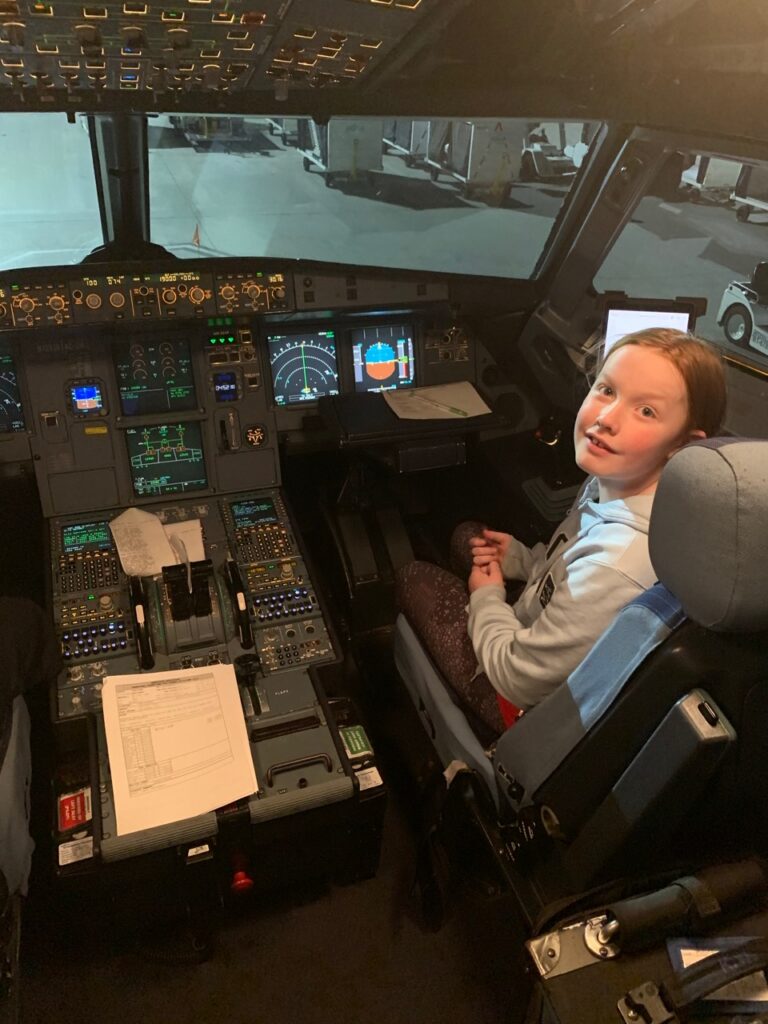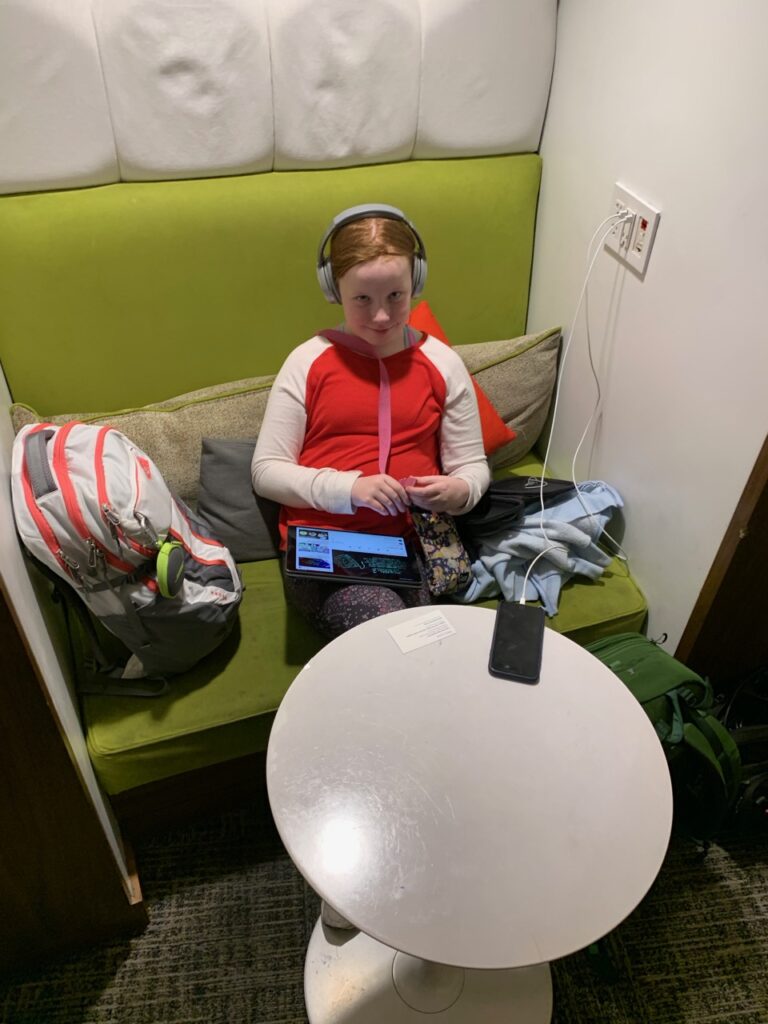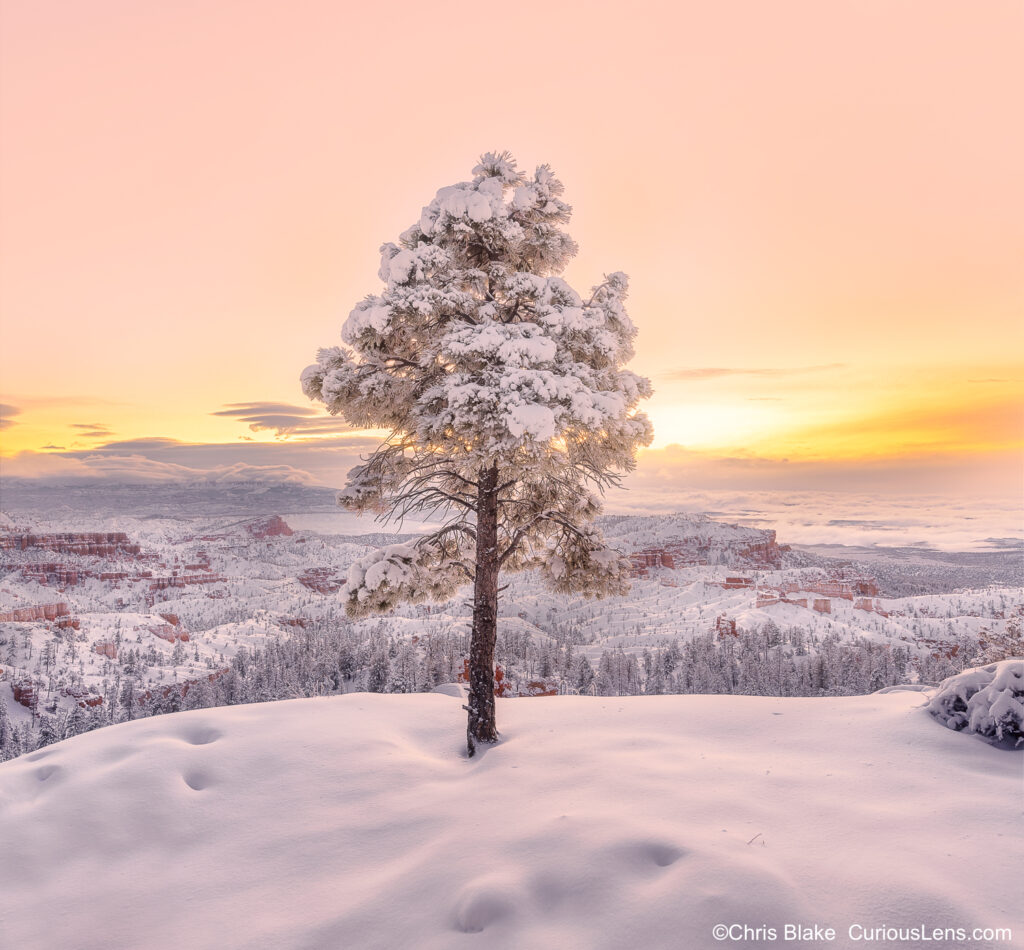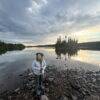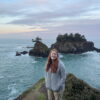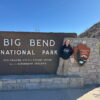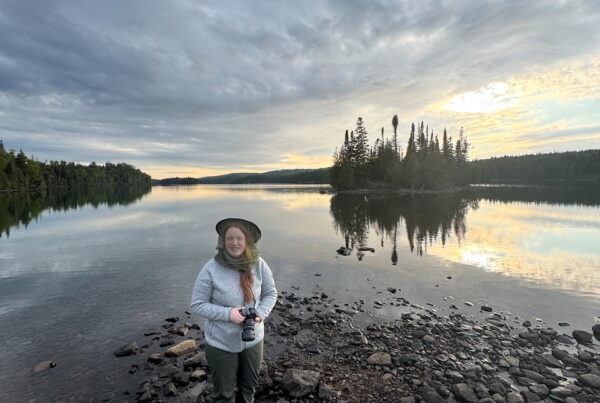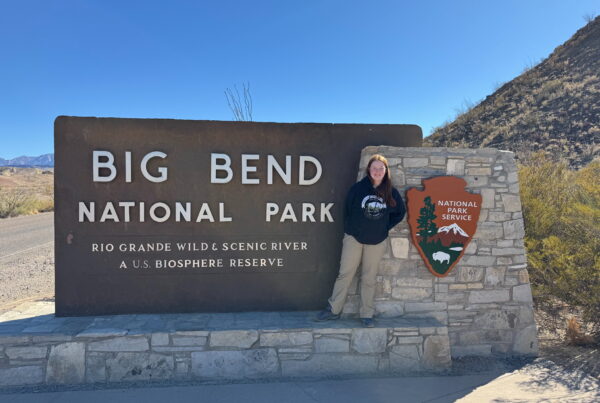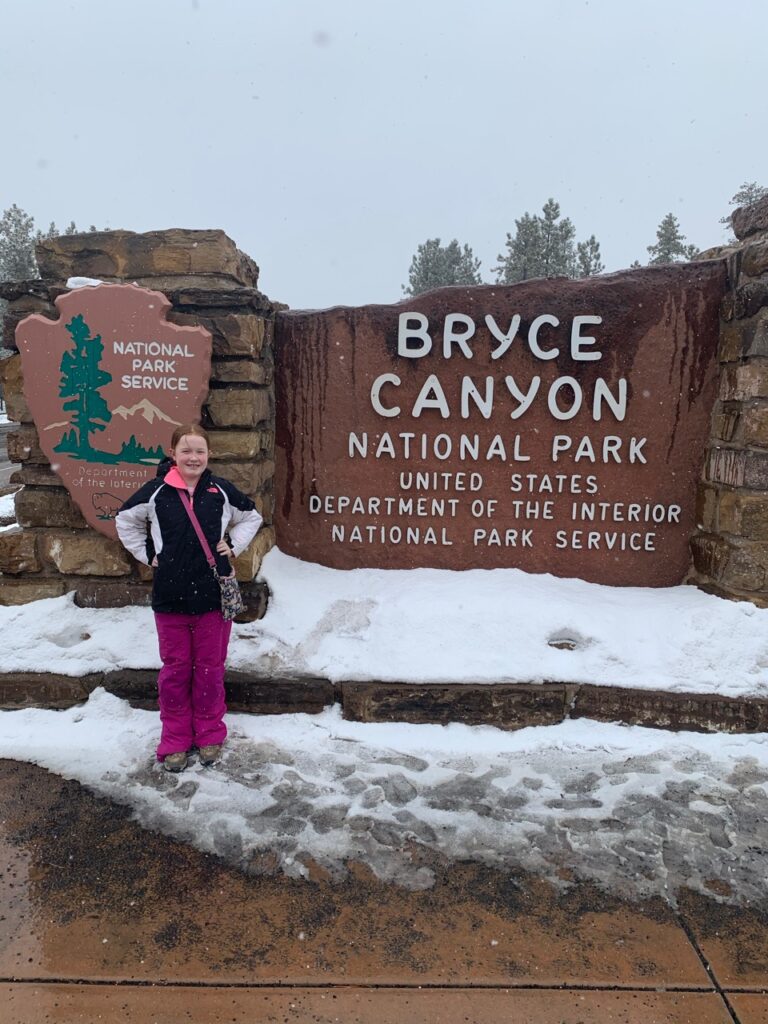
From Zion, we took the scenic drive to Bryce Canyon. Interestingly, Bryce Canyon isn’t actually a canyon but a series of giant natural amphitheaters. Nestled in southern Utah, Bryce is renowned for its distinctive crimson-colored hoodoos, which are spire-shaped rock formations unique to the area.
At approximately 9,000 feet above sea level, Bryce encompasses a series of amphitheaters carved into the high plateau. The most celebrated among them is Bryce Amphitheater, sprawling over 12 miles and filled with colorful, irregularly eroded spires known as hoodoos. These formations, reaching heights of up to 200 feet, are sculpted predominantly through frost weathering and stream erosion. Bryce Canyon boasts the largest concentration of these hoodoos worldwide, offering a surreal landscape that stretches over 20 miles.
Despite its relatively small area of 55 square miles, Bryce Canyon is high in elevation compared to nearby parks. The park was initially established as a national monument in 1923 and was designated a national park in 1928. Historically, Bryce was remote with few visitors, its access improved significantly after the completion of the 34-mile Rim Road by the Civilian Conservation Corps in 1934, which remains the primary route within the park today.
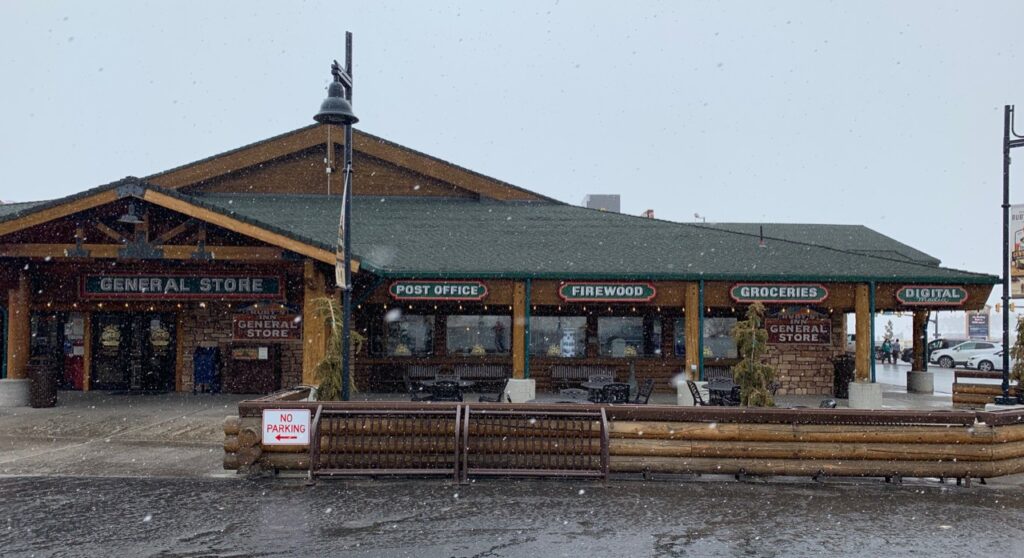
Accommodation options include The Lodge at Bryce Canyon or various campsites within the park. Just outside the park, a cluster of hotels, gas stations, and restaurants offer convenient services. We stayed at Ruby’s Inn, the oldest lodging near Bryce, built in 1916. This historic hotel is equipped with two restaurants, a large pool, and a general store, making it a perfect basecamp right next to the park entrance.
Our arrival was greeted with dark, grey skies, signaling the onset of a massive winter storm. This added an exhilarating element to our visit, allowing us to explore the park under a fresh blanket of snow. Despite the closure of the main road at the turnoff for Bryce Point Rd, we accessed numerous viewpoints and trails. We explored the main attractions such as Sunrise Point, Queens Garden Trail, Sunset Point, and parts of the Navajo Loop Trail, each offering its unique view of the snow-dusted landscape.
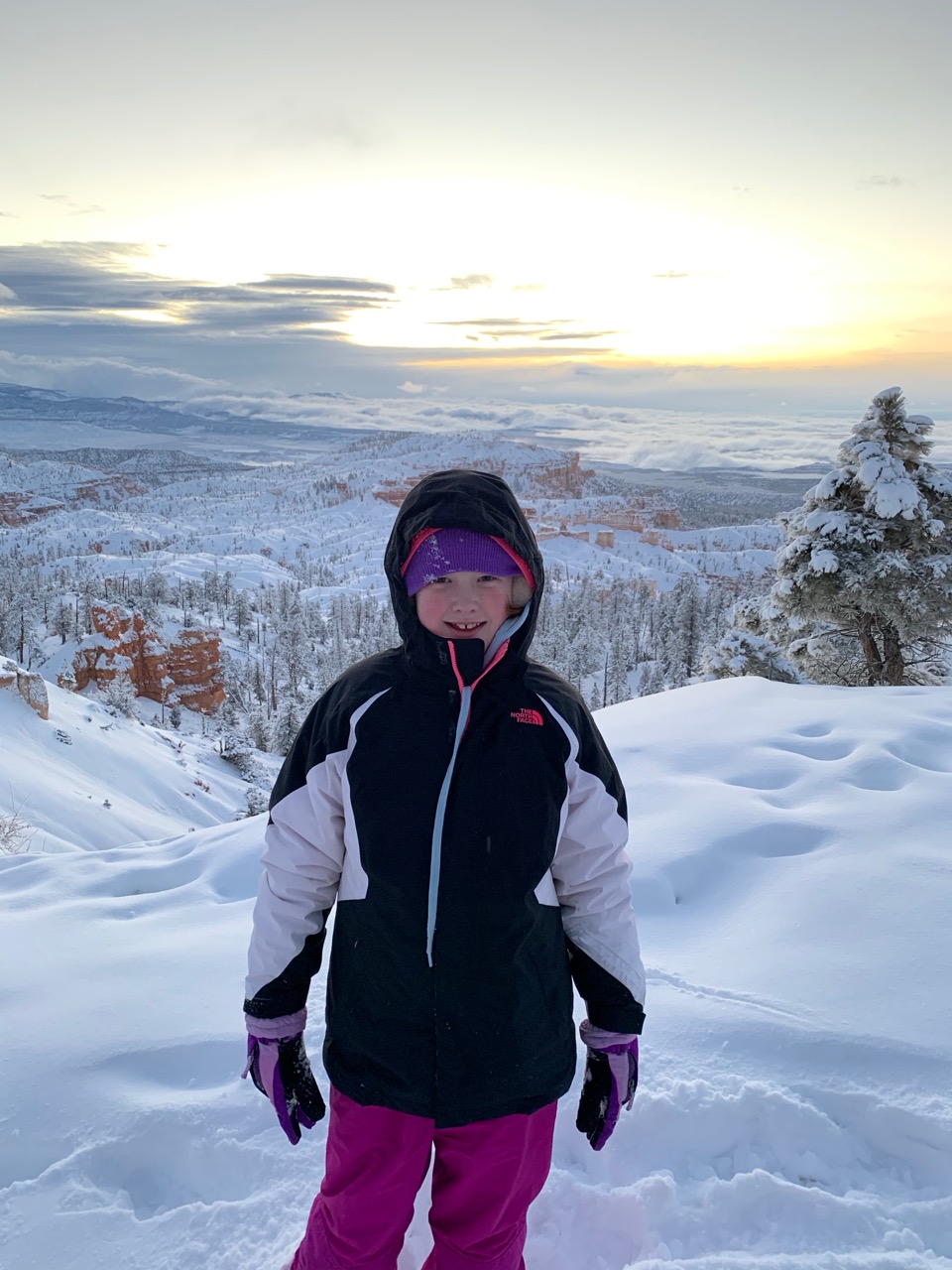
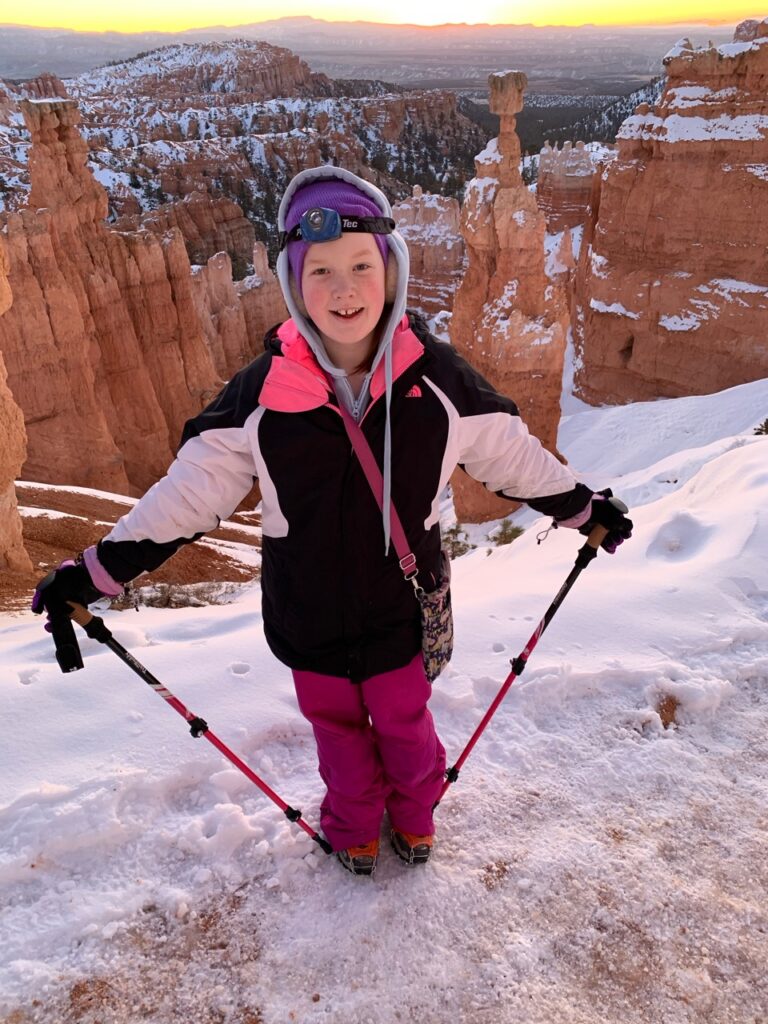
One memorable morning, we hiked down to Thor’s Hammer with ice crampons, an adventure made thrilling by the snowy conditions and close encounters with the massive hoodoos. The cold was biting, especially at the high, exposed elevations of Inspiration Point and Bryce Point, where the wind chill made brief visits painfully beautiful.
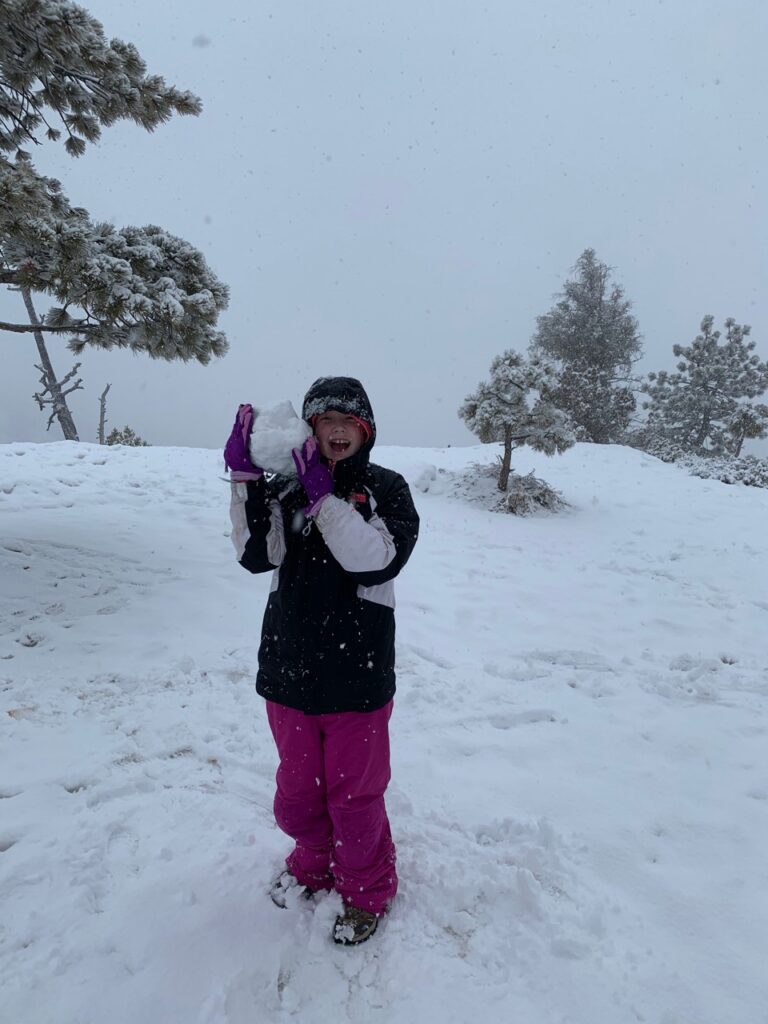

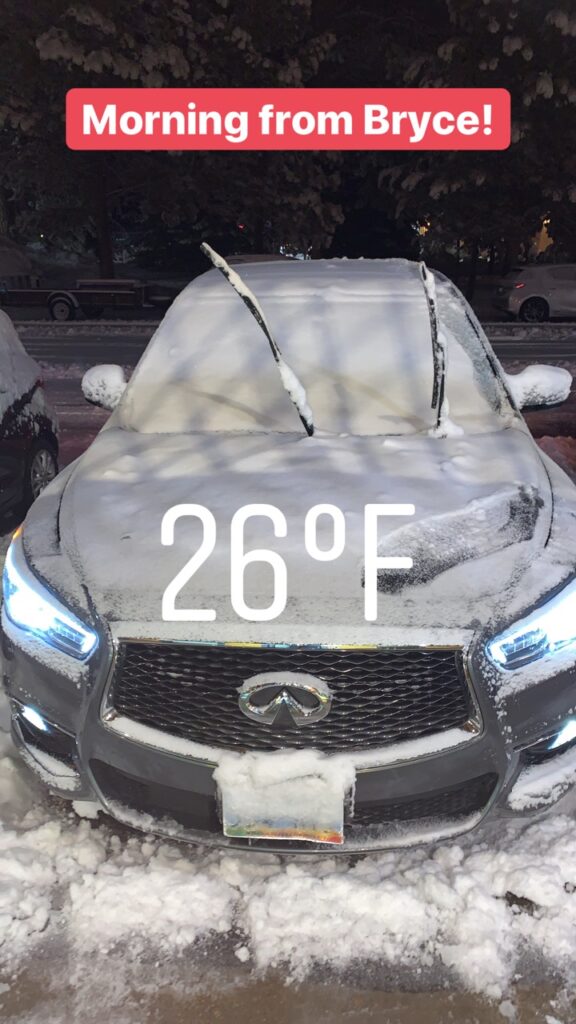
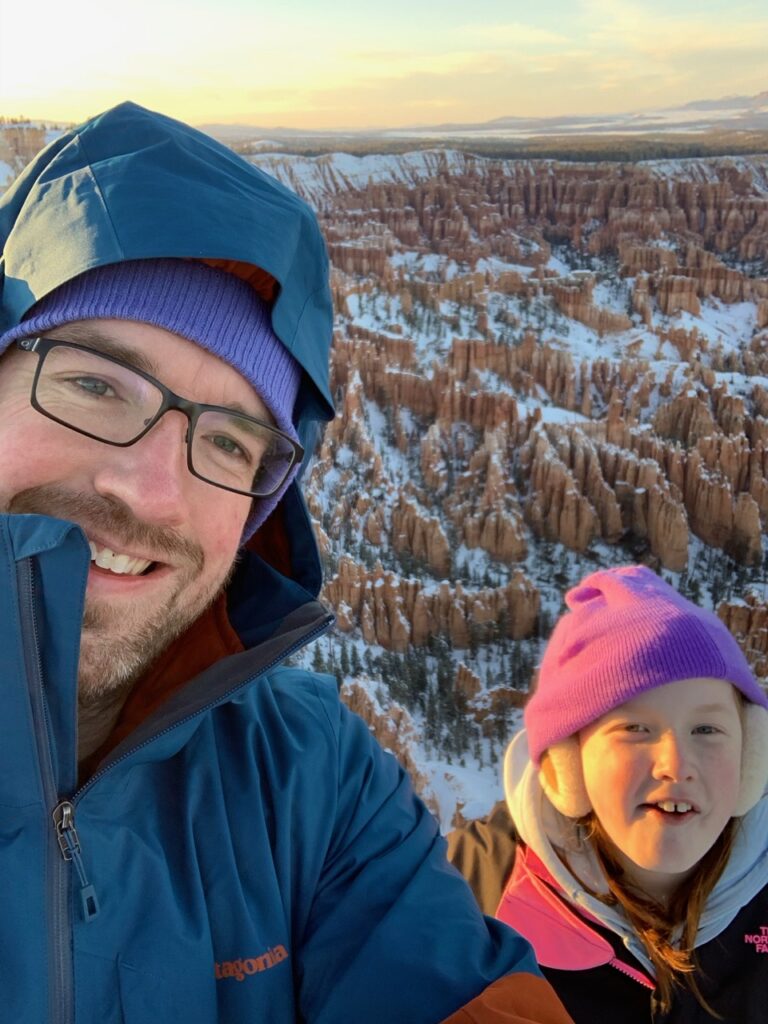

Before departing, we stopped by the visitor center, which proved informative and well-positioned near the park entrance. With the main amphitheater still accessible, we felt we had thoroughly experienced Bryce’s magical winter guise.
On our journey back to Las Vegas, a stop at Hoover Dam added an educational twist, followed by a quick meal at In-n-Out Burger. The trip ended on a high note when my daughter met the airplane’s captain, who invited her to the cockpit—a fitting end to an adventurous journey.

